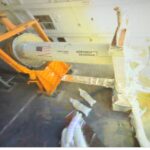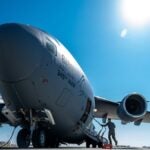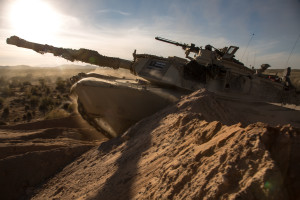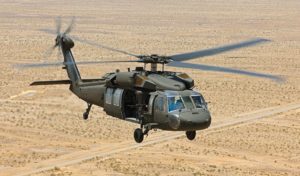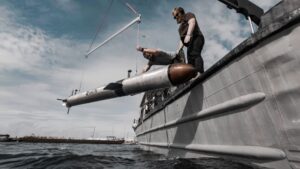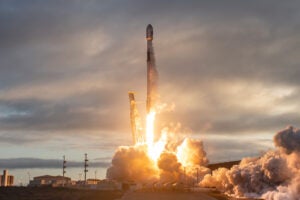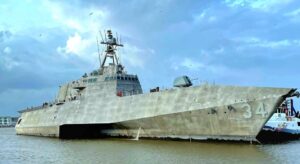
In 2020, Vice Adm. Roy Kitchener, the then commander of Naval Surface Forces and the U.S. Pacific Fleet's Naval Surface Force, directed the establishment of Task Force Littoral Combat Ship (LCS) to increase LCS materiel availability above the platform's key performance parameter (KPP) requirement of 64 percent for deployed ships. Kitchener, who retired last August, also wanted a focus on LCS' personnel, and the Navy has said that it wants to move to LCS in-house maintenance rather than relying on…



